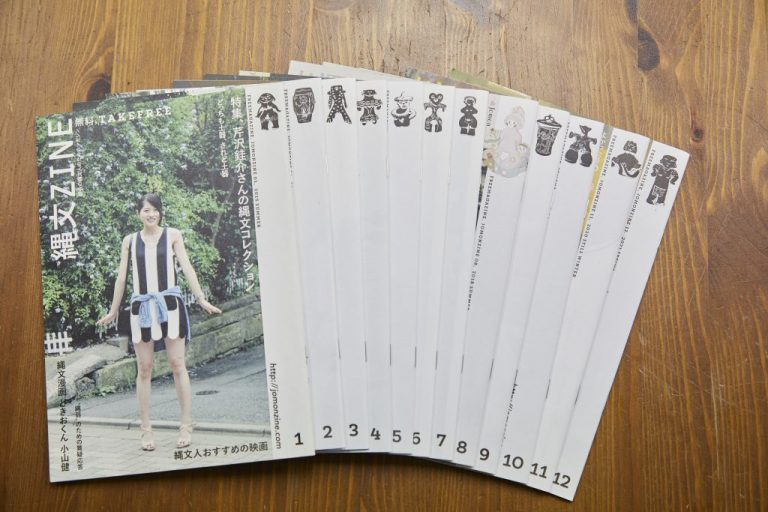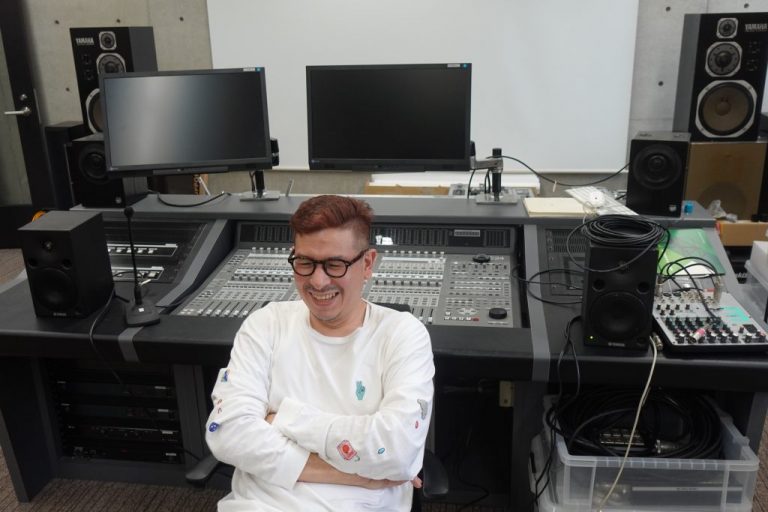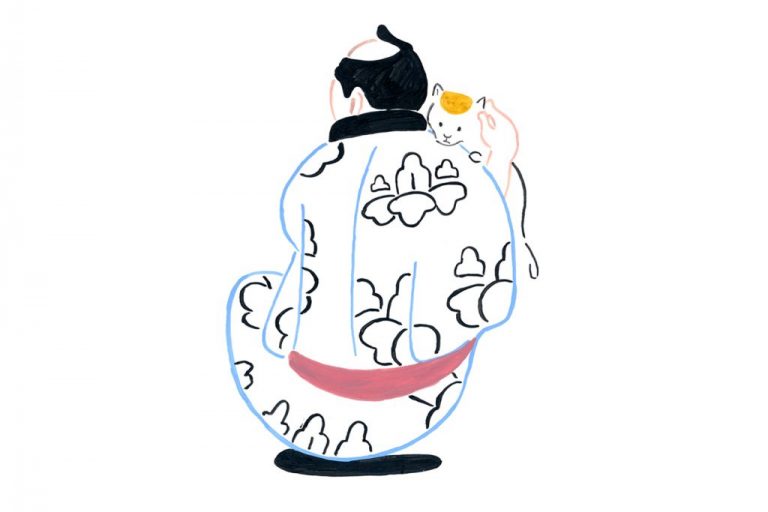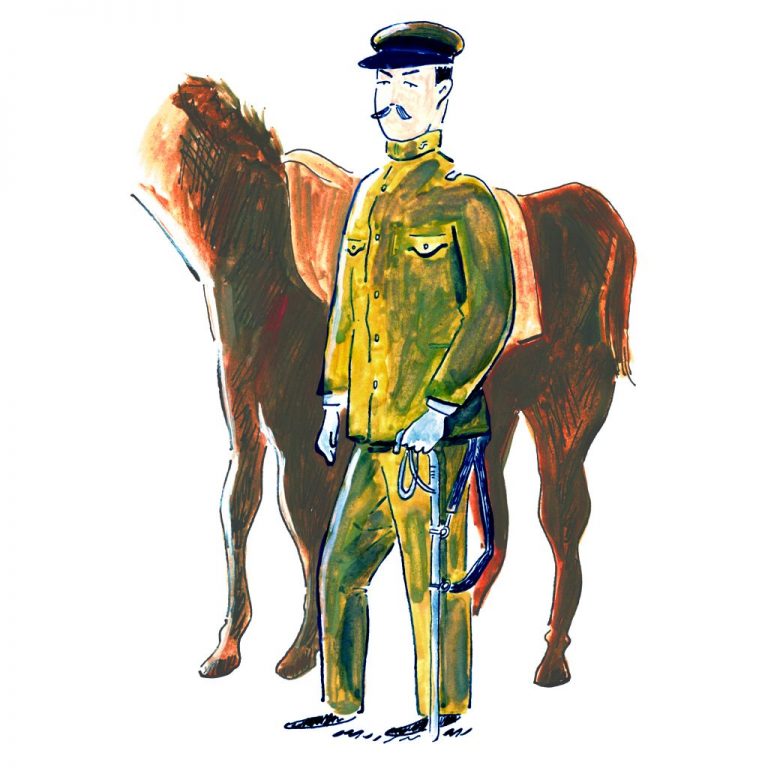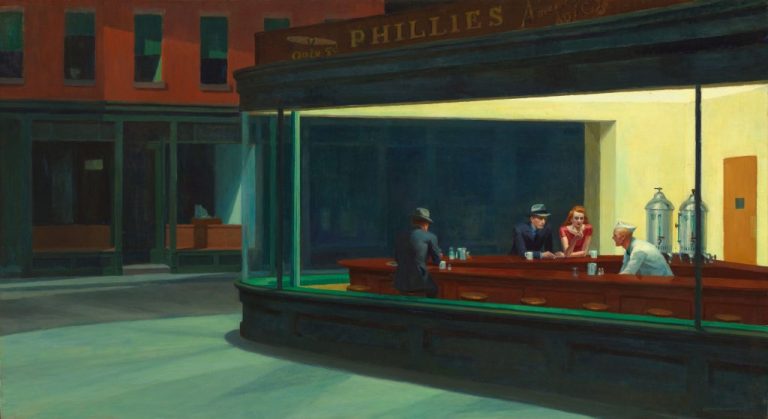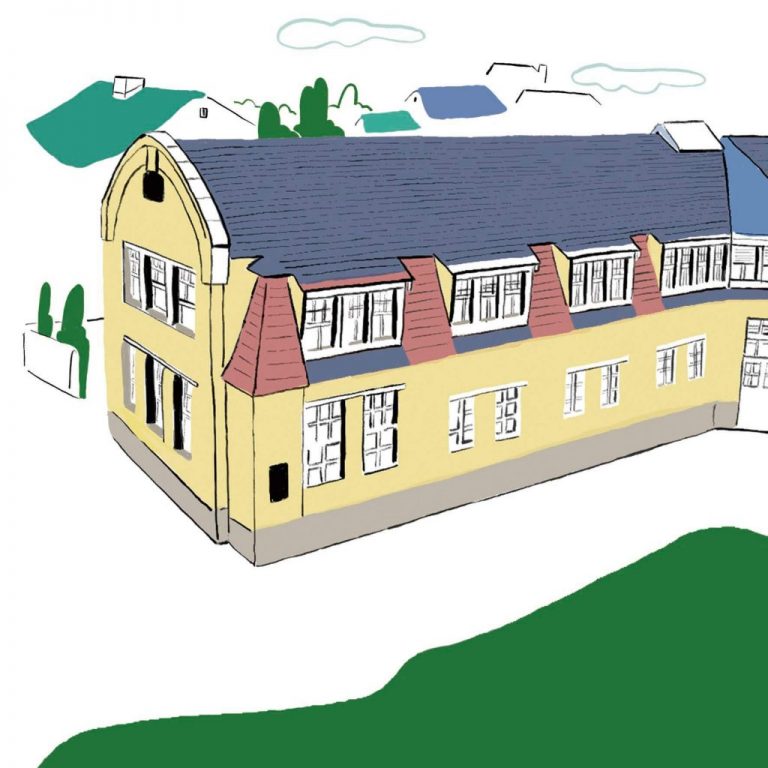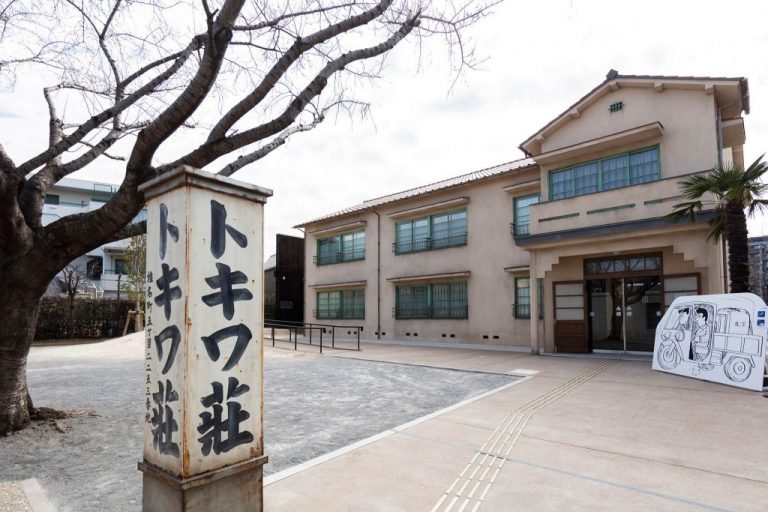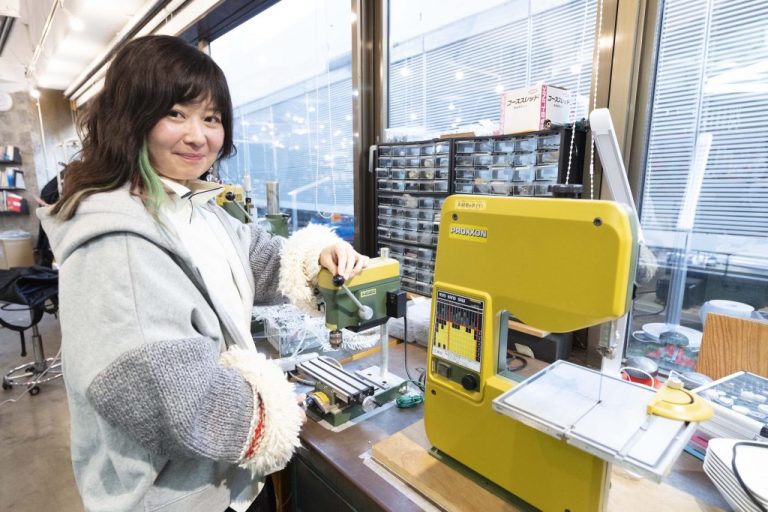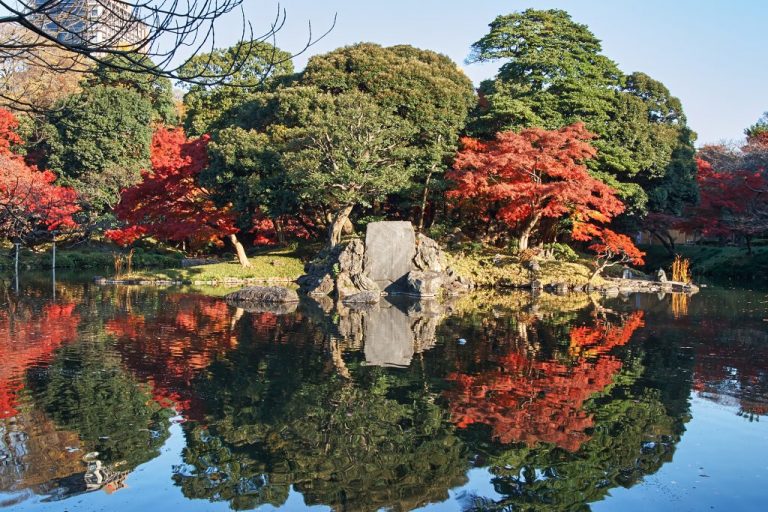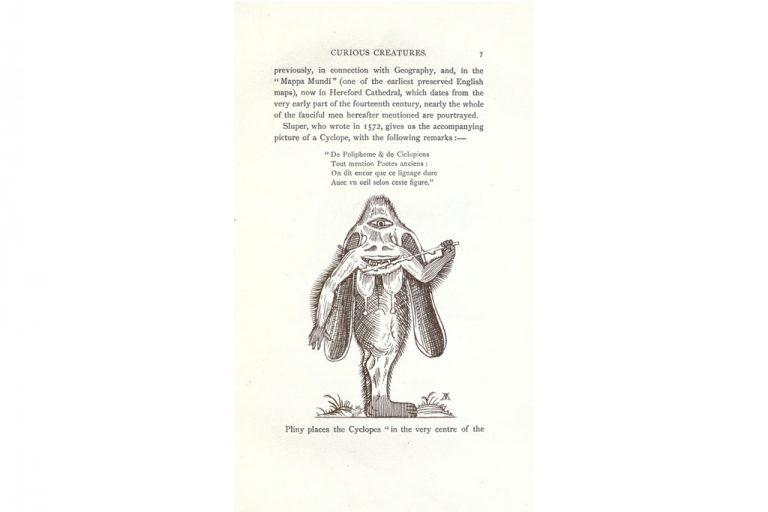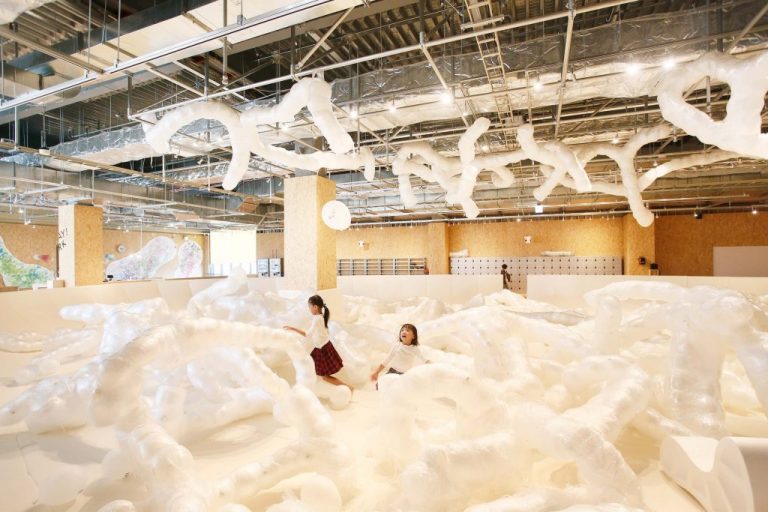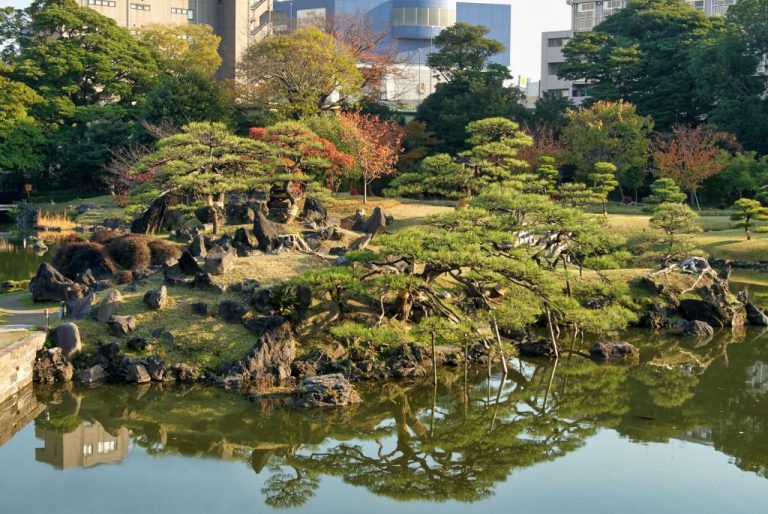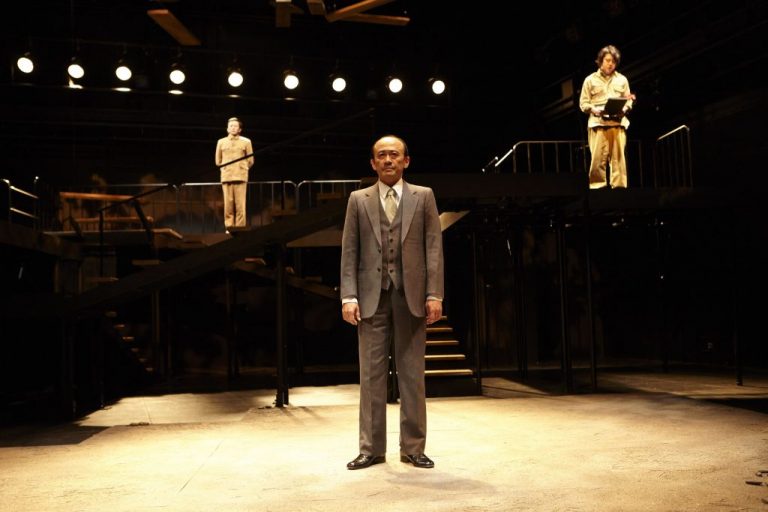Display search results
SEARCH
-
PASSION: Jomon-Zine

The theme of the second installment of our series exploring the world of free newspapers is PASSION. Here we introduce a free newspaper by a man who delves into his interest with passion and gets across the fun of it. It’s called Jomon-Zine, and it conveys interesting aspects of the Jomon period (ca. 14,000 BC – 10th century BC) to modern people who are used to urban culture. We spoke with Akihide Mochizuki, who runs a design office while also serving as editor-in-chief of Jomon-Zine.
https://tokyoartnavi.jp/en/column/12936/ -
Taro Yasuno

In 2019, Taro Yasuno was selected to represent Japan at the Venice Biennale along with several other artists to participate in the exhibition. His representative work is Zombie Music. We asked him about his journey from college graduation to becoming an artist.
https://tokyoartnavi.jp/en/column/12776/ -
SEARCH
https://tokyoartnavi.jp/en/result/ -
Kuniyoshi Utagawa

The year 2021 marks the 160th anniversary of the death of Kuniyoshi Utagawa, an ukiyo-e artist who was active in the late Edo period (around 1853 –1868). In his day, he was very popular as the leading creator of musha-e (warrior pictures) depicting brave and powerful men. This installment traces his journey from his period of obscurity when recognition was hard to come by, to his arrival as an artist who amazed the people of Edo.
https://tokyoartnavi.jp/en/column/8228/ -
Site Policy
https://tokyoartnavi.jp/en/policy/ -
Privacy Policy
https://tokyoartnavi.jp/en/privacy/ -
List Series
https://tokyoartnavi.jp/en/series-all/ -
Series List
https://tokyoartnavi.jp/en/column/series/ -
TOKYO ARTISTS
https://tokyoartnavi.jp/en/artists/ -
Ogai Mori

Throughout the Meiji period (1868-1912) as Japan took major steps toward modernization, the great literary figure Ogai Mori wrote of the psychology and spirituality of the Japanese people in his novels, plays, translations, and essays. He was a prolific writer and, as an army surgeon, he experienced the First Sino-Japanese War and the Russo-Japanese War. Here, we take a look at Mori, the public figure who devoted himself to Japanese medicine and culture.
https://tokyoartnavi.jp/en/column/12427/ -
Art Institute of Chicago

This series of articles presents art museums around the world that offer free online access to public domain works (intellectual property not protected by copyright) in their collections. In this fifth installment, we feature works from the collection of the Art Institute of Chicago, a leading art museum in the U.S. ranking alongside The Metropolitan Museum of Art and the Museum of Fine Arts, Boston. The Art Institute of Chicago collection of over 300,000 works of art encompasses a vast range of art from around the world, dating from ancient times to the present. Masayuki Tanaka, director general of The National Museum of Western Art, introduces a few American contemporary art masterpieces from this vast collection.
https://tokyoartnavi.jp/en/column/12438/ -
Bauhaus

Bauhaus, an art school established at the beginning of the 20th century, espoused a new form of art education more in line with modern lifestyles. Despite lasting just 14 years, this legendary school had an enormous influence on a wide range of fields from art to design and architecture, an impact that is still felt today.
https://tokyoartnavi.jp/en/column/6718/ -
Toshima City Tokiwaso Manga Museum

The legendary Tokiwaso apartment building was once home to illustrious manga artists the likes of Osamu Tezuka, Fujio A. Fujiko, and Fujio F. Fujiko. Demolished in 1982, the building embarked on a new start as the Toshima City Tokiwaso Manga Museum in July 2020. We visit the museum to experience the ingenious displays and learn how the building came to be recreated.
https://tokyoartnavi.jp/en/column/7573/ -
Artist Workbook #1 Dorita Takido

In our new series, Artist Workbook, we interview artists working in a diverse range of media. For our first installment, we speak with Dorita Takido, who blends technology and design to create communication experiences.
https://tokyoartnavi.jp/en/column/7106/ -
Koishikawa Korakuen Gardens

This is the third in a series of visits to gardens in Tokyo featuring photographs by photographer Norihisa Kushibiki and commentary by Miho Tanaka, curator at the Edo-Tokyo Museum. This installment features a visit to Koishikawa Korakuen, gardens belonging to members of the Mito Tokugawa family who were close to the Shogunate, located next to Tokyo Dome.
https://tokyoartnavi.jp/en/column/6392/ -
Raffaello Sanzio

Together with Leonardo da Vinci and Michelangelo Buonarroti, Raffaello Sanzio, also known as Raphael, is one of the trio of great Renaissance masters. Known for his feminine and graceful style of painting, Raphael is also emblematic of the Renaissance, a period which saw the refinement and natural integration of the portrayal of the human body based on studies of perspective and anatomy by artists of previous periods. Marking 2020 as the 500th anniversary of Raphael’s death, we look back at his life and work.
https://tokyoartnavi.jp/en/column/6750/ -
Biodiversity Heritage Library (BHL)

This series of articles presents art museums around the world that offer free online access to public domain works (intellectual property not protected by copyright) in their collections. In this fourth installment, we feature the world’s largest project to digitize writings on biodiversity, the Biodiversity Heritage Library (BHL), a consortium of museums, libraries, and research institutions. Established in 2007, BHL currently provides online access to hundreds of thousands of books and over 58 million pages of documents. We spoke with Yukio Amano, sculptor of ghosts, ghouls and goblins, who explains the iconography of mythological creatures from around the world known since antiquity.
https://tokyoartnavi.jp/en/column/6231/ -
PLAY! MUSEUM and PLAY! PARK

PLAY!, a complex cultural facility that uses art to let kids both play and learn, opened on the North Exit side of JR Tachikawa Station in June 2020. It offers many ways to spend time, with PLAY! MUSEUM, a “Pictures and Words” themed museum, on the 2nd floor, and PLAY! PARK, an indoor plaza, on the 3rd floor. The interior was designed by Tezuka Architects, which is known for designing the Fuji Kindergarten in Tachikawa, and art direction was carried out by Atsuki Kikuchi, who created the “VI” symbol for the Aomori Museum of Art.
https://tokyoartnavi.jp/en/column/7577/ -
Kyu-Shiba-rikyu Gardens(Garden of Former Shiba-rikyu)

In this series of articles, Edo-Tokyo Museum curator Miho Tanaka explores the appeal of traditional Japanese-style gardens in Tokyo. Her commentary is accompanied by images of the changing beauty of such gardens through the seasons captured by photographer Norihisa Kushibiki. The second installment of the series presents the Kyu-Shiba-rikyu Gardens, one of the oldest existing daimyo gardens, and attempts to unveil its most fascinating feature: the way in which the garden still preserves the ideas and spirit of its first owner, Okubo Tadatomo, embodied in various details scattered throughout the grounds.
https://tokyoartnavi.jp/en/column/6029/ -
Chocolate Cake Theater Group

Chocolate Cake Theater Group is a theater group that continues to present, to great domestic and international acclaim, profound and elaborate works inspired by actual events from the modern history. In the midst of the COVID-19 pandemic, Chocolate Cake is garnering much attention for its new endeavors. President Yusuke Hisawa and actors Yuki Nishio and Atsushi Okamoto participated in an online discussion via Zoom on the history of the theater group and the future of theatre.
https://tokyoartnavi.jp/en/column/6275/


